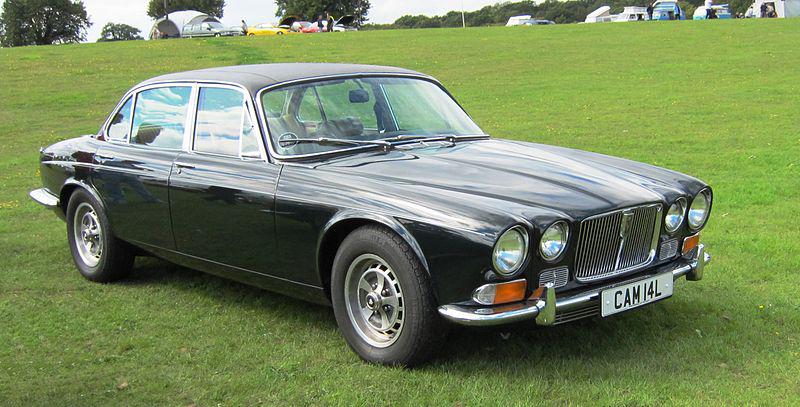The Jaguar company first appeared on the car market scene in 1922 as the Swallow Sidecar Company, found by William Lyons and William Walmsley in Britain, England. After buying out his partner in 1934 Lyons formed the S.S. Cars Limited, and the name jaguar first appeared on the scene in 1935 as a car model name, the SS Jaguar 100. On March 23, 1945, the shareholders and William Lyons decided to change the name of the company from S.S. Cars Limited to Jaguar Cars Limited, the changing of the name was done to help distinguish it from the competition. Although production and orders did not cease it was significantly halted because of the war effort of England in the 1940's. At the time Jaguar had customers waiting for vehicles but because of strict regulations by England's central planning committee, materials such as steel, were hard to come by and car production was slowed. At this time Jaguar was being built with independent bodies being built independent third-party manufacturers, and continued this practice into the 1960's.
During the 50's and 60's Jaguar began producing series of successful sports car. Known for their high performance, conspicuous look, and success on the racetrack winning the Le Mans 24-hour race on several occasions. Jaguars success came with the progress of their twin-cam straight six-cylinder engine, despite low octane rating. During the 50's vehicles were offered with three different piston configurations that altered the octane level of the engine from low, medium, and high. Jaguar facing financial struggles and an uncertainty of the future, Lyons sold the company to British Motor Corporation and formed British Motor Holdings limited. After little attention was given to Jaguar, and very limited capital to aid in development of Jaguar products the company was again sold during the Thatcher administration of to a private company in 1984. During the 1980's Jaguar made significant strides in terms of engineering and production that had previously prevented them from selling more cars. Sir John Egan helped develop overall quality, increase production rates, increase delivery efficiency, and cut overall company costs. Jaguar began to catch the public's eye again with more moderate pricing across the board and an overall increase in performance.
Click here to see if you qualify for the 1970 Jaguar XJ Series 1
Call us at 1-800-USA-1965, or fill out our online application form.
